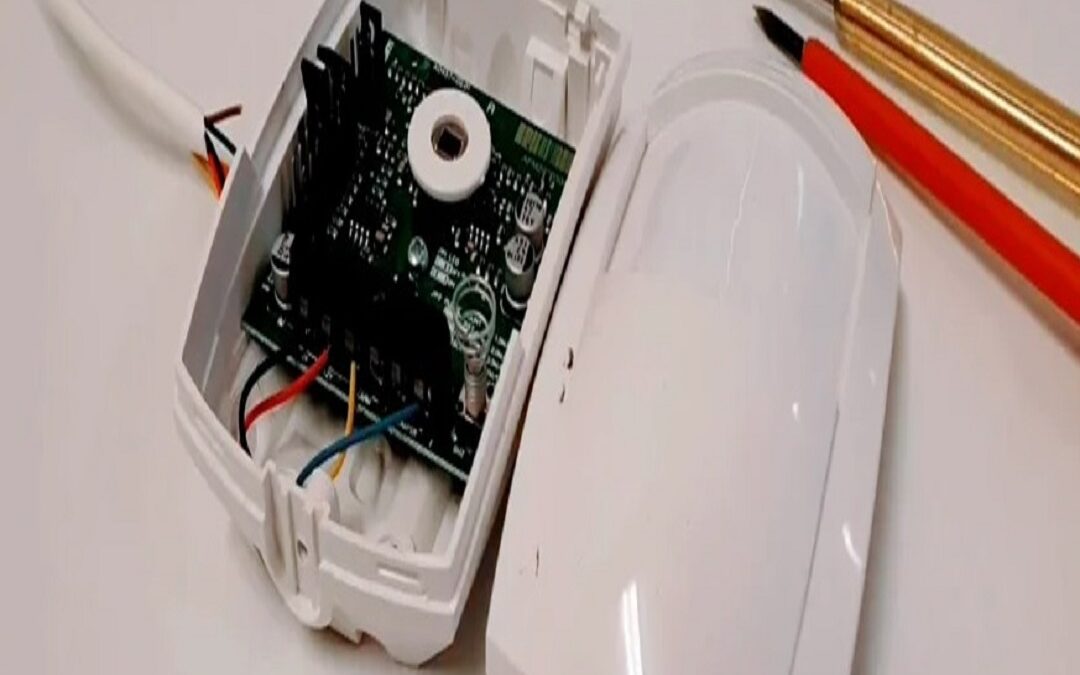Do you know how Shock Detectors work? Learn more about Shock Detectors with Cube, a free blog post. Shock detectors play a significant role in an intruder alarm system; in some cases, a door contact or PIR detector alone may not be the best choice. Shock Detectors are often used in conjunction with other types of detectors; for example, Pyronix door contact with Shock Detector can alert an intruder who is messing with your door.
Electronic shock detectors, which work by converting vibrations into electric impulses with the help of a transducer, are a frequent form of detector used in an Intruder Alarm application. A transducer is an electronic device that converts energy from one form to another. Among the transducers used in electronic shock detectors are the following:
Electro-magnetic transducer Shock Detector

This kind typically comprises a magnet and a wire coil that looks like a microphone. These shock detectors generate metal surface currents by applying an RF signal to a coil. The existence of a static magnetic field will then cause the Lorentz force to affect these currents. Unlike other transducers, the electro-magnetic transducer may produce all the wave modes produced by both magnetostrictive and piezoelectric transducers.
Advantages of using Electro-magnetic transducers
- They can operate effectively without a couplant.
- Has high-temperature applications
- It has the flexibility of wave modes.
Disadvantages of using Electro-magnetic transducers
- It has a low conversion efficiency
Piezo-electric transducer Shock Detector
Due to its versatility, it is one of the most often used transducers. As the electricity produced by pressure is known as piezoelectricity, this type of transducer can convert the electric charges created by a particular mass into a different kind of energy. Shock detectors use the piezoelectric effect and often place quartz or another piezoelectric material next to a solid mass. When used in a device, the piezo-electric material must be pushed in order to respond to mechanical stress from the mass. Moreover, the piezoelectric transducers consist of an amplifier with a lower and wider frequency range.
Advantages of using a piezo-electric transducer
- It has a high-frequency response.
- They are also self-generating.
Disadvantages of using a piezo-electric transducer
- The environmental conditions may impede its function.
- A piezo-electric detector is an expensive kind of shock detector when compared to other detectors that primarily rely on mechanical mass.
Resistive transducer Shock Detector
For this type of shock detector, the resistance of the transducer normally changes proportional to the changes in environmental factors such as pressure, force, temperatures, and others. One example of the shock detector that consists of the resistive transducer, works by using a strain gauge made from a proper coating of copper alloy around thin strips of polyester plastic film. So when this film is stressed, either by bending or stretching, electrical resistance changes. And this principle is then used in shock detection.
Advantages of using Resistive transducers
- They are less expensive to operate as compared to their counterparts.
Disadvantages of using a resistive transducer
- Lots of amplification is required.
- Some types of resistive transducers used as shock detectors pose a high false alarm rate.
As the use of electronic shock detectors grows, there is a need for advancements in their development to raise their protection rates and manufacture advanced detectors with higher success rates.
There is a developing concern in the UK fire protection business. Yes, there is a huge shortage of engineers; we do not have enough of them. This is a fantastic time to start a career as a fire and security engineer. Cube courses are designed to give you a solid foundation and help you get started as a fire and security engineer. Find out when our next alarm installation training is and come join us to begin a rewarding career. Click here to contact us.

